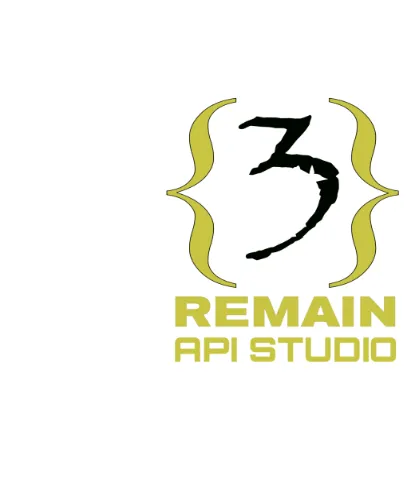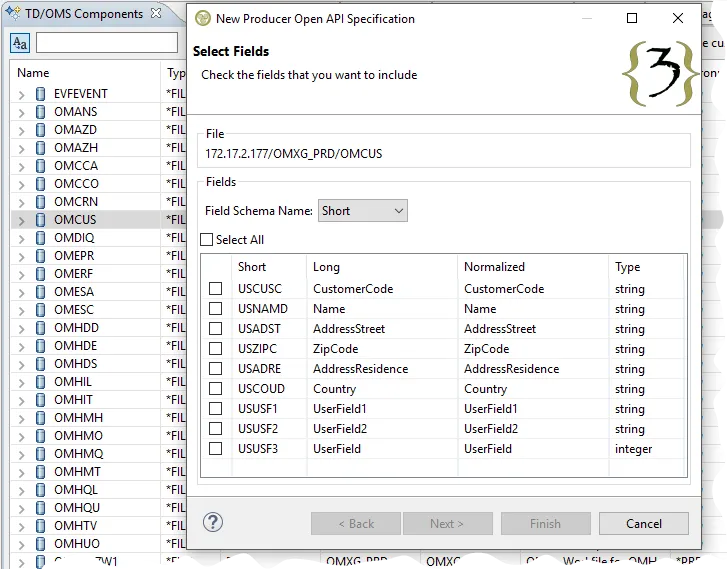
Looking to implement REST APIs? Creating and editing them with speed and reliability couldn’t be easier than with ourRemain API Studio, a standalone or TD/OMS-integrated client for creating and managing REST definitions.
Vendor
Remain Software
Company Website

Designing REST API with OAS and Remain API Studio
If you’re not yet benefitting from the advantages of REST API, OpenAPI Specification (OAS) by the Linux Foundation®, and Remain API Studio, you are missing out! Here are the purpose, methodology, and benefits, and how you can leverage them to accomplish your goals like never before.
What Is REST and Why Use It? Using an API provides a standard way of communicating data. JSON is widely accepted as the primary data format for APIs. The Representational State Transfer (REST) architectural style provides interoperability between applications and services within and across organizational boundaries, enabling the flexibility that allows two applications to communicate using tools similar to those used by web browsers and web-based applications. REST APIs utilize all the HTTP actions like GET, POST, PUT and DELETE.
Moreover, it’s important to build REST APIs according to OAS standards. Apart from adopting a worldwide standard, benefits include leveraging many commercial and open source tools, generating documentation and code, like Java or RPG Free, and the capability to define an interface to your back-end quickly. Creating and maintaining REST APIs from scratch can be challenging. We engineered Remain API Studio to make it fast, easy, and efficient.
Features
- **Comprehensive API Design: **Utilize OAS to create detailed and standardized API designs, ensuring clarity and consistency.
- **Interactive Documentation: **Generate interactive and user-friendly API documentation to facilitate easy understanding and usage.
- **Seamless Integration: **Integrate APIs smoothly with various systems and platforms, enhancing interoperability.
- **Collaboration Tools: **Support team collaboration with tools that enable shared development and feedback.
- **Performance Monitoring: **Monitor API performance in real-time, ensuring optimal functionality and quick issue resolution.